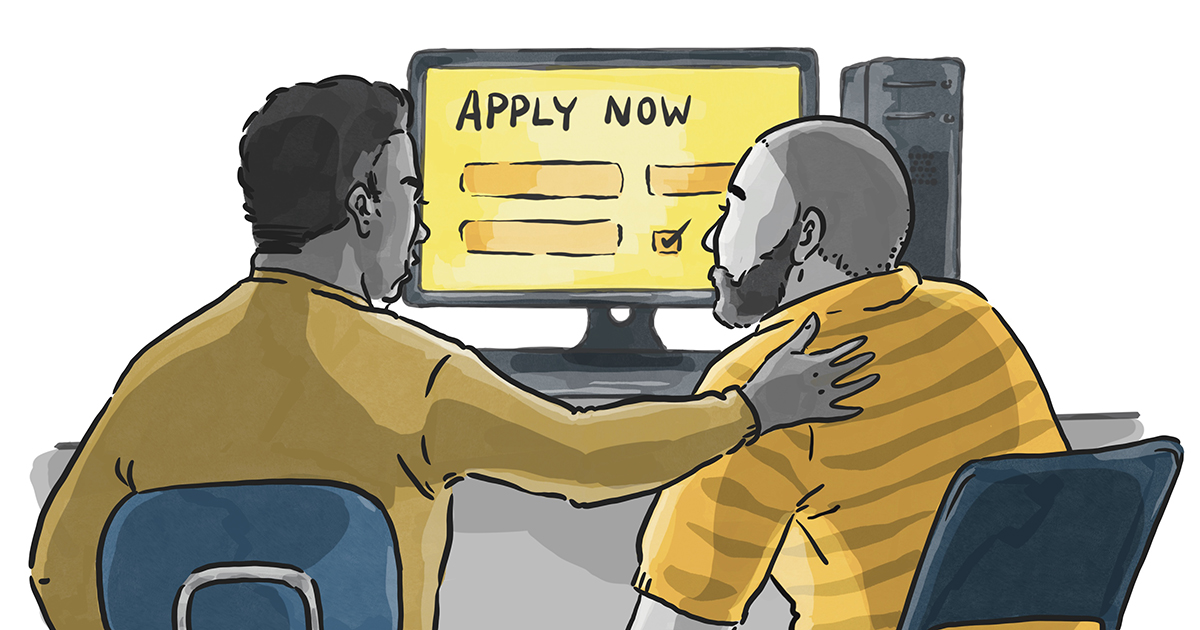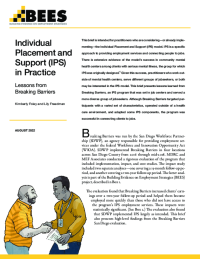Individual Placement and Support (IPS) in Practice
Lessons from Breaking Barriers

Introduction
 Breaking Barriers was a San Diego–based program that provided employment services to individuals with low incomes and disabilities who were looking for work. The program used the Individual Placement and Support (IPS) model. There is extensive evidence of IPS’s success for people with serious mental illness, the group for which the intervention was originally designed. Breaking Barriers presented an opportunity to test the model with a different group: people with a range of disabilities and health conditions.
Breaking Barriers was a San Diego–based program that provided employment services to individuals with low incomes and disabilities who were looking for work. The program used the Individual Placement and Support (IPS) model. There is extensive evidence of IPS’s success for people with serious mental illness, the group for which the intervention was originally designed. Breaking Barriers presented an opportunity to test the model with a different group: people with a range of disabilities and health conditions.
MDRC and MEF Associates conducted a rigorous evaluation of Breaking Barriers. A 2019 report presented findings from the evaluation’s implementation study, cost analysis, and impact analysis based on a 15-month follow-up survey. A 2022 report detailed another set of impact findings based on administrative records from the National Directory of New Hires, which covered a two-year follow-up period.
Purpose
This brief is intended for practitioners who are considering—or already implementing—the IPS model. Specifically, the brief presents lessons learned from Breaking Barriers, an IPS program that was set in job centers and served a diverse group of jobseekers. To provide context for these lessons, this brief also summarizes implementation and impact findings from earlier evaluation reports.
Key Findings and Highlights
- For practitioners looking to deliver IPS services to a specific target population, it is important to develop strong partnerships with other organizations that can refer clients to the IPS program.
- Practitioners should make sure that the individuals referred to an IPS program are an appropriate fit for it.
- Practitioners seeking to operate in a context or serve a population different from what the IPS model originally intended should consider whether any components of the model are less necessary for the clients and adapt the program and allocate resources accordingly.
Methods
MDRC and MEF Associates conducted a rigorous evaluation of Breaking Barriers that included implementation, impact, and cost studies. The impact study used a random assignment research design and included two separate analyses—one covering a 15-month follow-up period, and another covering a two-year follow-up period.






